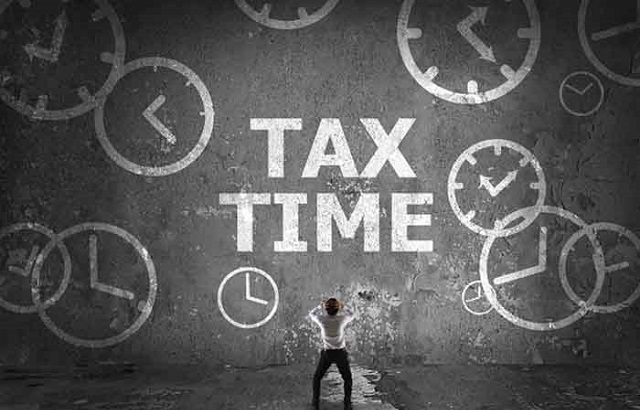HM Revenue and Customs (HMRC) official figures show that in the three months to December 2021, more than 13,000 people reclaimed overpaid income tax deducted from pension payments, totalling approximately £42m ($57.2m, €50.3m).
The average amount reclaimed was £3,107 during this period, writes Paul Forman, international sales and technical manager at Novia Global.
This means that since pension freedoms were introduced in 2015, the total of all overpaid income tax is now a staggering £835m. These overpayments occur because HMRC usually requires an emergency tax code, on a ‘month one’ basis, to be applied to the first flexible pension withdrawal made during a tax year.
However, few ordinary savers who want to access their pension savings flexibly are aware of this and as a consequence, they are routinely overtaxed and then forced to tackle a complicated administrative paper chase to claim it back.
Arguably there could be a simpler and better process to avoid people having large amounts of tax deducted and then having to claim some or even all of it back.
Sadly though, it appears that the system is potentially set up for the administrative convenience of HMRC rather than the benefit of taxpayers. For example, some experts suggest that it would be much fairer to deduct a 20% basic rate tax from pension withdrawals and then adjust the amounts paid later if required, rather than excessively taxing thousands of pensioners every year.
In the absence of any alternative solutions from HMRC, it appears that the current system will be with us for the foreseeable future.
How does emergency PAYE tax work in practice?
In the minority of cases, a ceding scheme might supply a form P45 which enables a receiving self-invested personal pension (Sipp) scheme to apply an existing PAYE code to payments.
However, in the majority of cases this is not the case and as a result, the first income drawdown payment from a new Sipp will have emergency tax applied to it. As a result, the new Sipp scheme will need to contact HMRC to receive the correct tax code to apply to the member’s payroll account. In these circumstances, because there is no tax code at that point, emergency tax must be applied.
Broadly speaking, if payments are at a frequency of monthly, due to the ‘Month 1’ code basis, this will give access to 1/12 of each relevant tax band and this is then applied to the income payment requested (see table below).
Therefore, a payment requested up to £1,047 would have no income tax applied, with the other bands applied thereafter and the additional rate at 45% will ultimately be applied on any monthly income payment requested in excess of £12,498 (£1,047 + £3,141 + £8,310).
| Tax rate | Annual taxable band | 1/12 of taxable band on month one | |
| 2021/22 personal allowance | 0% | £12,570 | Up to £1,047 |
| Basic rate | 20% | £12,571 to £50,270 | Next £3,141 |
| Higher rate | 40% | £50,271 to £150,000 | Next £8,310 |
| Additional rate | 45% | £150,000+ | Excess |
Source: Novia Financial
If the client is a tax resident in one of the over 100 countries that has a Double Tax Agreement (DTA) with the UK, then this could result in an unnecessary overpayment of income tax on the income payment.
Good news
However, the good news is that these overpayments can be reclaimed from HMRC if the DTA enables the client to successfully apply for a no tax (NT) PAYE tax code. Thankfully, this will be with minimum administration if further income drawdown payments will be made from the SIPP in the same UK tax year.
In these circumstances, once the NT tax code is received and applied on the next requested income payment, this will consist of the drawdown payment plus any previously overpaid income tax.
If the originally taxed income payment and subsequent income straddles a UK tax year e.g. a taxable income payment paid in March 2022 and the next income payment to be made after 6th April 2022, then the originally overpaid tax will have to be reclaimed from HMRC manually – but importantly the ongoing income payments are not taxed whilst the NT code is on the payroll account.
Under the terms of DTA agreements established on this basis, any local income tax liability arising should be settled by the client with the tax authority in their country of residence instead.
So, as you can see from above, a little understanding of the steps involved in obtaining the NT tax code can go a long way for advisers and enables them to display their worth to expat clients who find themselves in this situation.
This will be especially appreciated by clients if the end result is a more cost-effective retirement income vehicle going forwards without the additional burden of the administration that comes with unnecessary manual tax reclaims.
This article was written for International Adviser by Paul Forman, international sales and technical manager at Novia Global.








